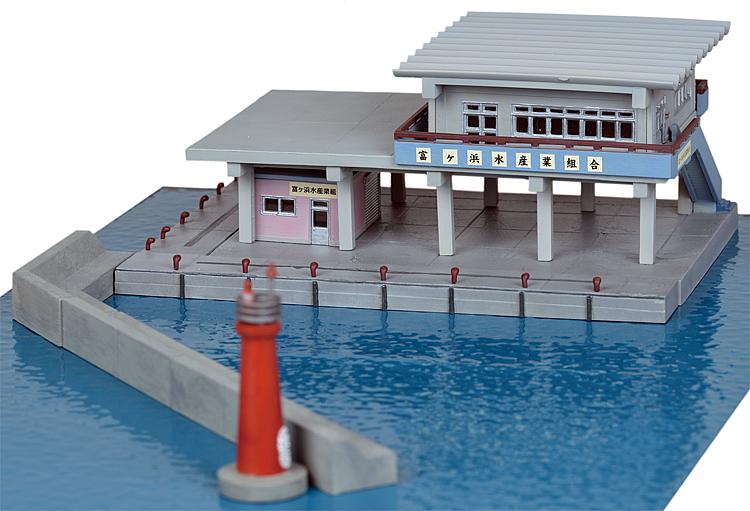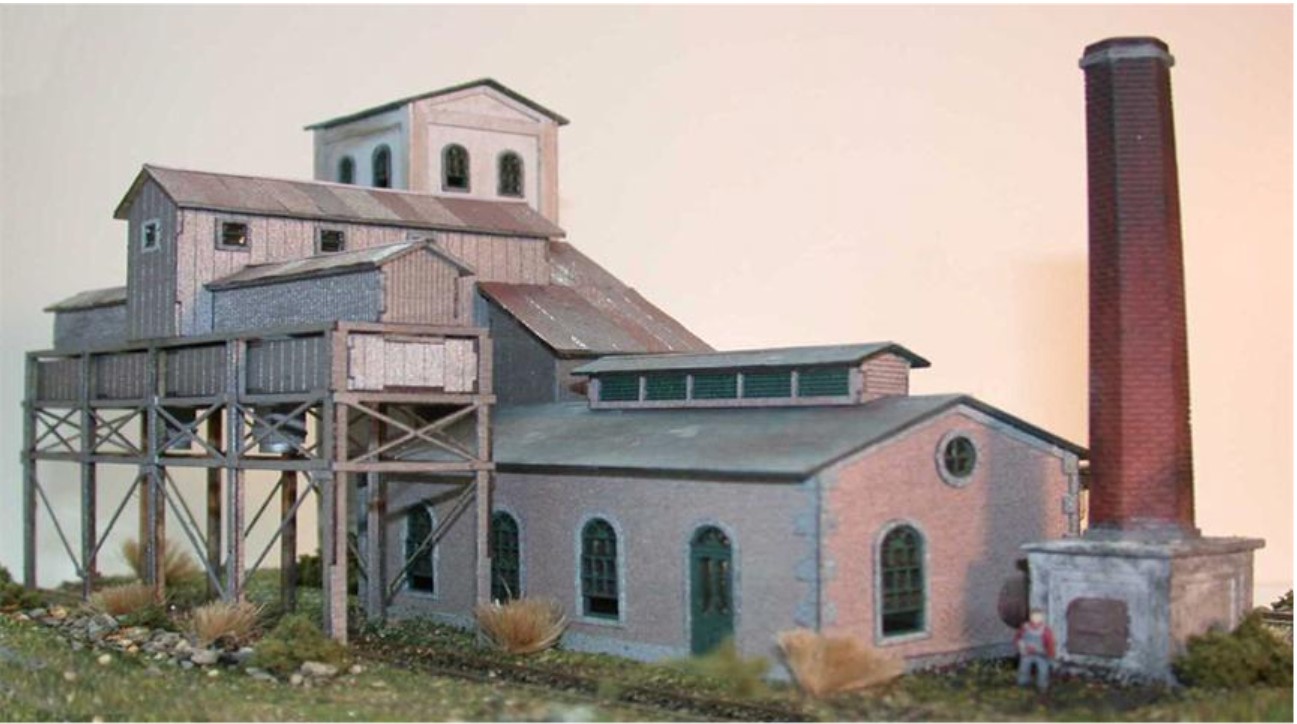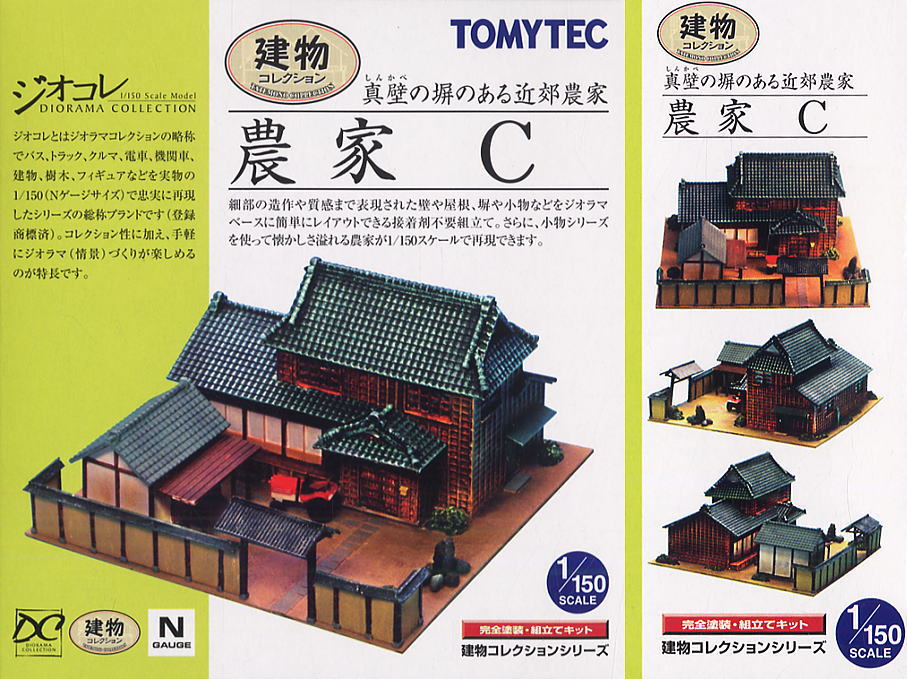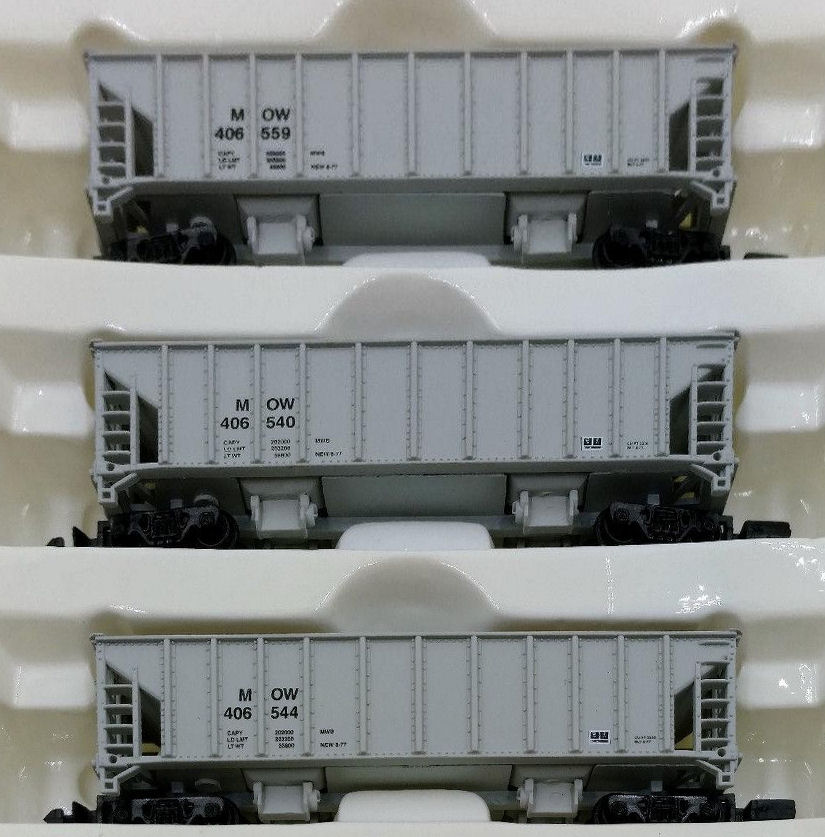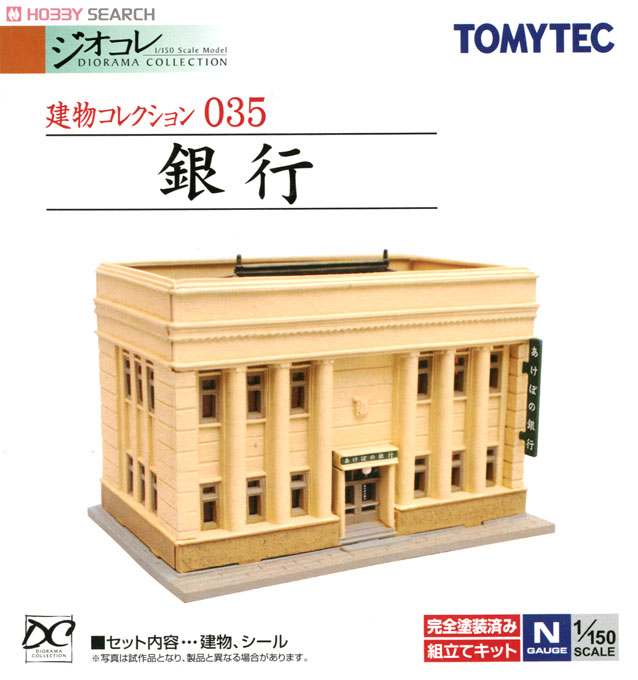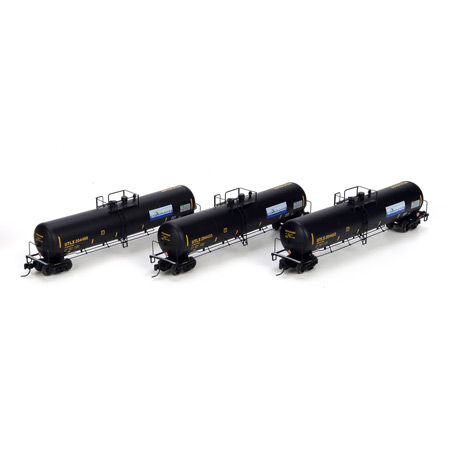Model Information: These structures are pre-painted and some are partly assembled. There may be some smaller detail parts included that need to be installed. These models are 1/150 scale which is the standard for N Scale in Japan. A -2, -3, etc in the model number indicates a re-release of a model.
Road Name History: 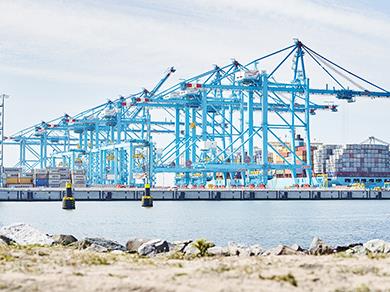 A harbor or harbour (see spelling differences), also called a haven, is a body of water where ships, boats, and barges seek shelter from stormy weather, or are stored for future use. The term harbor, referring primarily to a sheltered body of water, is often used interchangeably with port, which is a man-made facility built for loading and unloading vessels and dropping off and picking up passengers. Ports usually include one or more harbors. Alexandria Port is an example of a port with two harbors.
A harbor or harbour (see spelling differences), also called a haven, is a body of water where ships, boats, and barges seek shelter from stormy weather, or are stored for future use. The term harbor, referring primarily to a sheltered body of water, is often used interchangeably with port, which is a man-made facility built for loading and unloading vessels and dropping off and picking up passengers. Ports usually include one or more harbors. Alexandria Port is an example of a port with two harbors.
Harbors may be natural or artificial. An artificial harbor can have deliberately constructed breakwaters, sea walls, or jettys, or they can be constructed by dredging, which requires maintenance by further periodic dredging. An example of an artificial harbor is Long Beach Harbor, California, United States which was an array of salt marshes and tidal flats too shallow for modern merchant ships before it was first dredged in the early 20th century. In contrast, a natural harbor is surrounded on several sides by prominences of land. Examples of natural harbors include Sydney Harbour, Australia and Trincomalee Harbour in Sri Lanka.
From Wikipedia

Harbors may be natural or artificial. An artificial harbor can have deliberately constructed breakwaters, sea walls, or jettys, or they can be constructed by dredging, which requires maintenance by further periodic dredging. An example of an artificial harbor is Long Beach Harbor, California, United States which was an array of salt marshes and tidal flats too shallow for modern merchant ships before it was first dredged in the early 20th century. In contrast, a natural harbor is surrounded on several sides by prominences of land. Examples of natural harbors include Sydney Harbour, Australia and Trincomalee Harbour in Sri Lanka.
From Wikipedia
Brand/Importer Information:  Tomytec is a subsidiary of Takara Tomy, a large Japanese conglomerate of companies that makes toys and games for the international marketplace. The Tomytec subsidiary focuses on toys which are scale models of real and fantasy prototypes. The Tomytec range includes trains, vehicles, aircraft, dolls and other items (camera lenses?). Most importantly (for us) the Tomytec brand name lands on certain N Gauge models.
Tomytec is a subsidiary of Takara Tomy, a large Japanese conglomerate of companies that makes toys and games for the international marketplace. The Tomytec subsidiary focuses on toys which are scale models of real and fantasy prototypes. The Tomytec range includes trains, vehicles, aircraft, dolls and other items (camera lenses?). Most importantly (for us) the Tomytec brand name lands on certain N Gauge models.
Generally, but not always, Tomytec branded N Gauge items have some element of "collectibility". Sometimes they have packaging that obscures the exact item being purchased which encourages the consumer to buy multiple items to complete a set. Sometimes they produce limited edition releases which are quickly retired and replaced by a new similar item with an alternate series marker (A, B, etc). The brand also is used for their operating N Gauge bus system.

Generally, but not always, Tomytec branded N Gauge items have some element of "collectibility". Sometimes they have packaging that obscures the exact item being purchased which encourages the consumer to buy multiple items to complete a set. Sometimes they produce limited edition releases which are quickly retired and replaced by a new similar item with an alternate series marker (A, B, etc). The brand also is used for their operating N Gauge bus system.
Manufacturer Information: 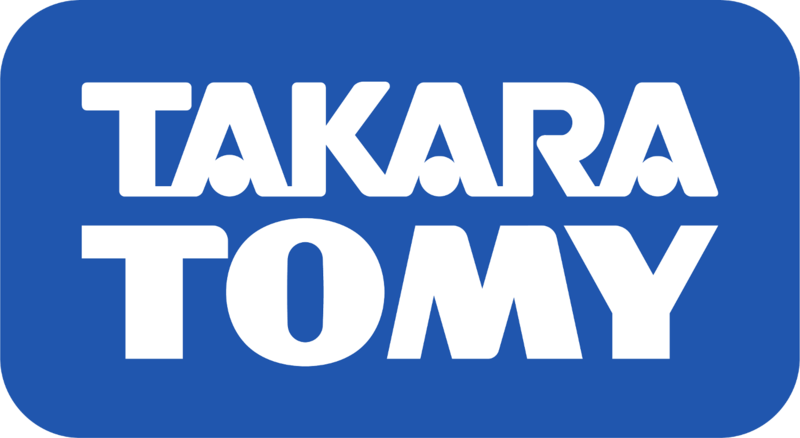 Largely a Japanese manufacturer of children's toys and baby products, Takara Tomy has established a number of different subsidiary companies, with sales offices and factories located in various locations around the world. The firm is the product of a 2006 merger-of-equals between Tomy and Takara.
Largely a Japanese manufacturer of children's toys and baby products, Takara Tomy has established a number of different subsidiary companies, with sales offices and factories located in various locations around the world. The firm is the product of a 2006 merger-of-equals between Tomy and Takara.
Takara Tomy produces N Scale model trains under their Tomytec division (we use the term loosely because it is actually a more complex relationship) using two different brand names "Tomytec" and "Tomix". Technically speaking these are not brands in the Western sense but rather they more closely resemble subsidiaries -of-subsidiaries, and where they fit in the corporate org chart may be the matter for a Master's thesis, but for our purposes we can think of them as simply two different brands with one manufacturer. In the past (prior to 1976) some model train products were branded simply "Tomy". To further confuse things, since 2000, outside of Japan, the company goes by the simple name, "Tomy" for their international subsidiaries.
If you consider both brand names as a single company, then the Tomytec/Tomix product line is the largest of its kind in Japan; with Kato following in second place (as of 2017). While Takara Tomy products are popular around the world, the firm's focus on children's toys has limited the international acceptance and distribution of its Tomytec model railroad products. Furthermore, unlike Kato, their focus tends to be heavily skewed towards Japanes prototypes.

Takara Tomy produces N Scale model trains under their Tomytec division (we use the term loosely because it is actually a more complex relationship) using two different brand names "Tomytec" and "Tomix". Technically speaking these are not brands in the Western sense but rather they more closely resemble subsidiaries -of-subsidiaries, and where they fit in the corporate org chart may be the matter for a Master's thesis, but for our purposes we can think of them as simply two different brands with one manufacturer. In the past (prior to 1976) some model train products were branded simply "Tomy". To further confuse things, since 2000, outside of Japan, the company goes by the simple name, "Tomy" for their international subsidiaries.
If you consider both brand names as a single company, then the Tomytec/Tomix product line is the largest of its kind in Japan; with Kato following in second place (as of 2017). While Takara Tomy products are popular around the world, the firm's focus on children's toys has limited the international acceptance and distribution of its Tomytec model railroad products. Furthermore, unlike Kato, their focus tends to be heavily skewed towards Japanes prototypes.
Item created by: gdm on 2017-10-27 09:34:46
If you see errors or missing data in this entry, please feel free to log in and edit it. Anyone with a Gmail account can log in instantly.
If you see errors or missing data in this entry, please feel free to log in and edit it. Anyone with a Gmail account can log in instantly.


